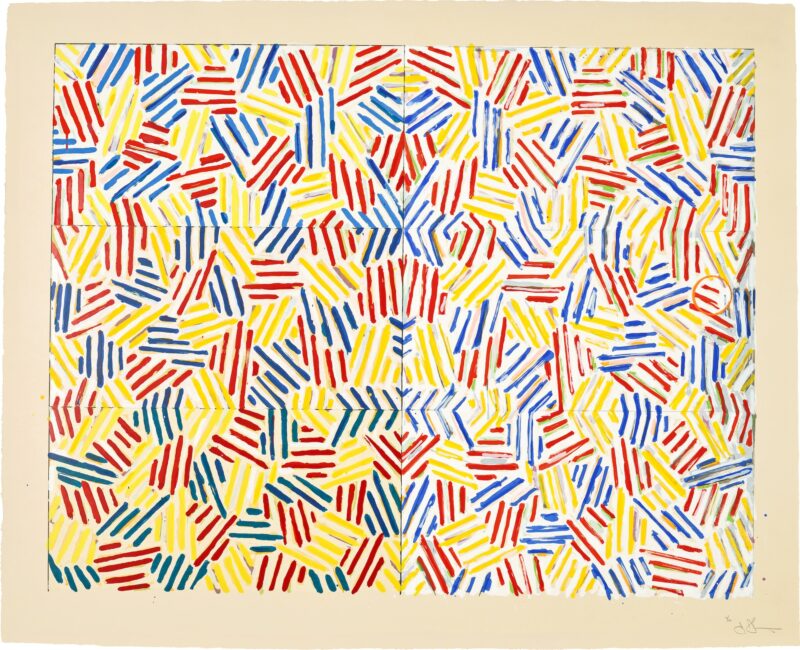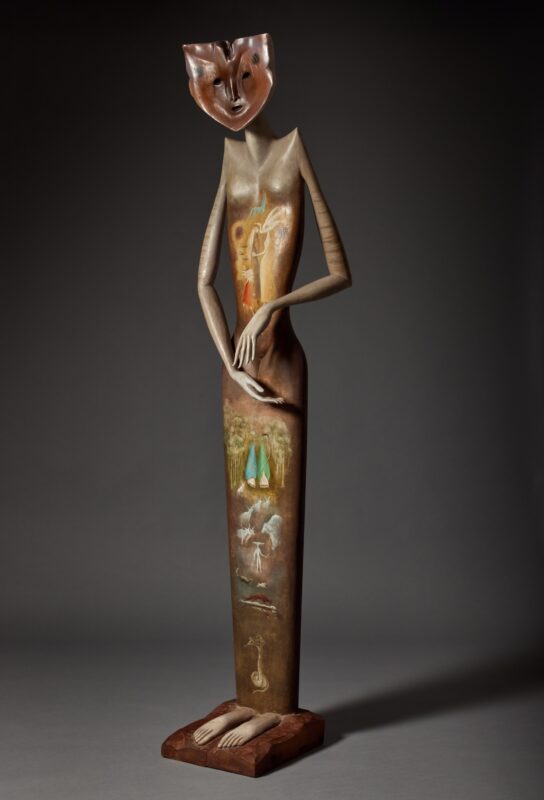
O.J. Simpson by Andy Warhol (1977) is being offered for sale at Phillips, 20th Century & Contemporary Art Day Sale, Morning Session this month with an estimate of $300,000-500,000. O.J. Simpson was one of 200 portraits Warhol made as part of his ‘Athletes Series,’ which included portraits of Muhammad Ali, Kareem Abdul-Jabbar and Dorothy Hamil.
Andy Warhol’s O.J. Simpson, 1977, brings together two of the most recognizable names of the 20th century. Part of the artist’s famed Athlete Series, consisting of over 200 portraits made between late March and early November of 1977, the present work reflects the artist’s interest in celebrity and more broadly, his reinvention of traditional portraiture.
First debuted in his 1977 exhibition at Coe Kerr Gallery, New York in December of that year, and one of the few portraits signed by both the athlete and artist, O.J. Simpson captures the influence of a notorious figure in pop culture. The present work was previously in the collection of the Pro Football Hall of Fame in Canton, Ohio, and other portraits of the sitter are housed in esteemed university collections such as the University of Maryland Art Gallery, College Park, and the Hammer Museum at the University of California, Los Angeles.
Commissioned by Warhol’s friend and collector Richard Weisman, the Athletes Series includes over 200 portraits—more than Warhol painted of Mao five years earlier—of famed sports stars like Kareem Abdul-Jabbar, Muhammad Ali and Dorothy Hamil. Occupying the role of both movie star and athlete, Simpson was an ideal candidate for the project. A star running back for the Buffalo Bills and an aspiring actor, he was only 30 years old at the time of his meeting with Warhol. Showing up to their meeting in a Buffalo motel room on October 19, 1977, Simpson forgot both signifiers of his profession – his jersey and a football. Eventually sourcing a ball, Warhol snapped 46 Polaroids of the athlete dressed in a plaid shirt under a blazer, selecting two to use as source images for eleven subsequent portraits. The impermanence of these Polaroids—a medium Warhol used as early as the 1960s when he embarked upon his first commissioned portraits—reinforce the ephemeral nature of fame which Warhol was interrogating in his work.
He [Simpson] had a five-day beard and I thought the pictures would be awful but Fred [Hughes] said no, that they’d be sexy, and he was right, they were.
—Andy Warhol
In O.J. Simpson, Warhol composes the portrait so that the ball almost takes up as much space as O.J.’s face. He also takes a more painterly approach to his traditional silkscreen, especially when compared to his 1980s portraits rendered in the same 40 by 40-inch format, using swathes of red and orange pigment to brush gently across the surface of the canvas. When viewing this 1977 depiction, immediately the viewer is reminded of another, less glamorous portrait of Simpson – his mugshot. Unaware of his picture’s impact years later, Warhol acknowledges and highlights the footballer’s budding celebrity.







